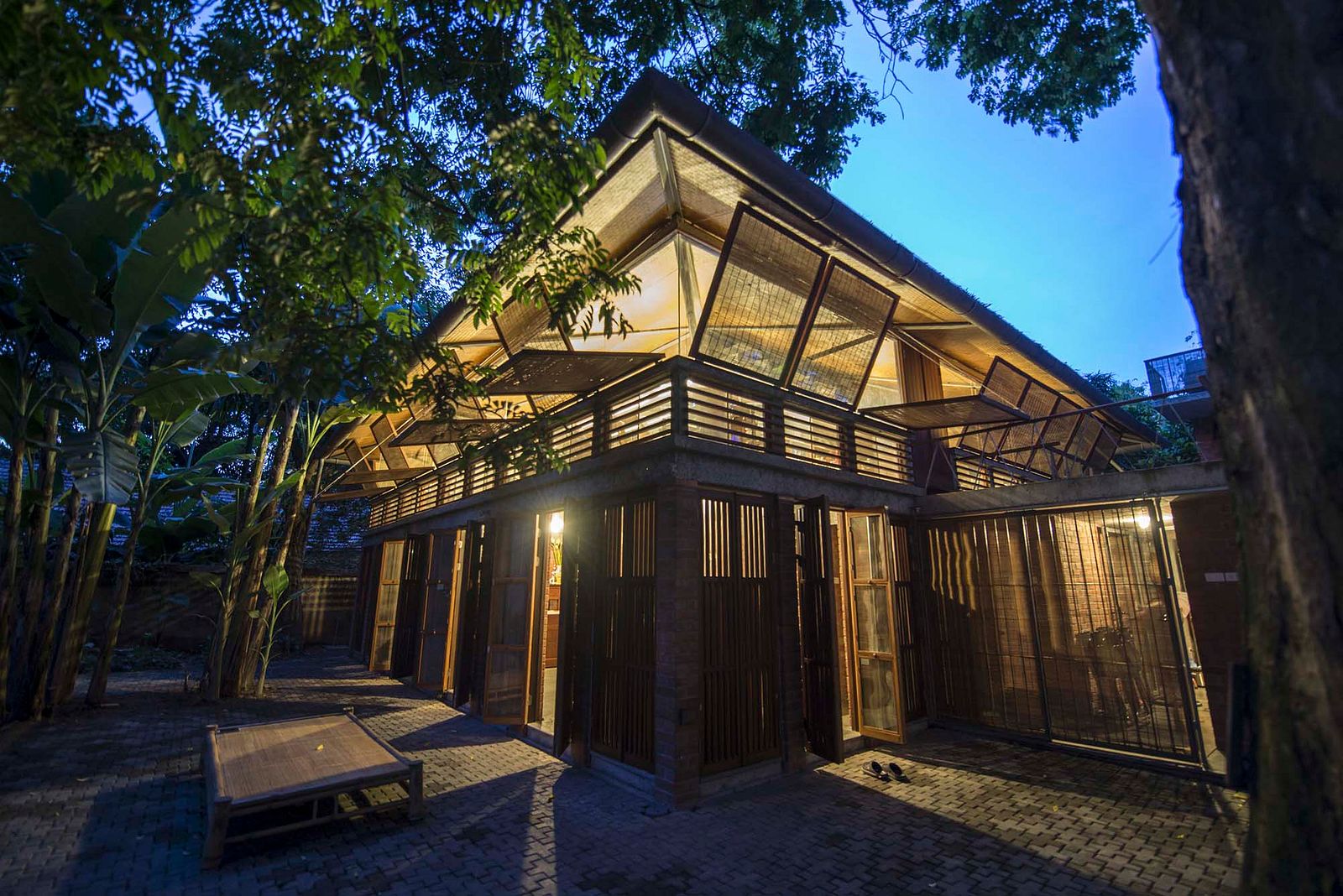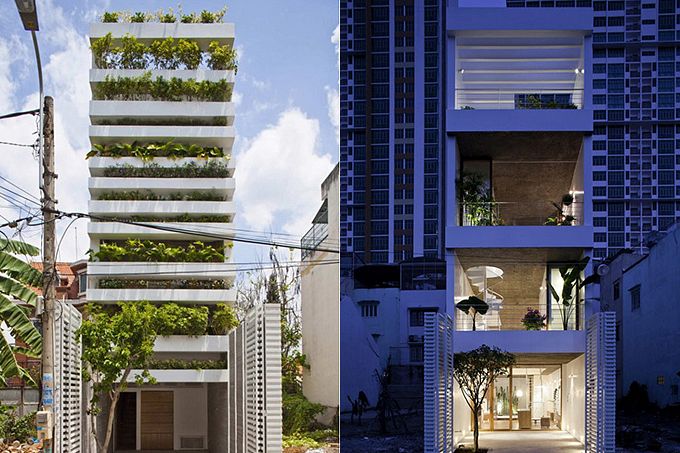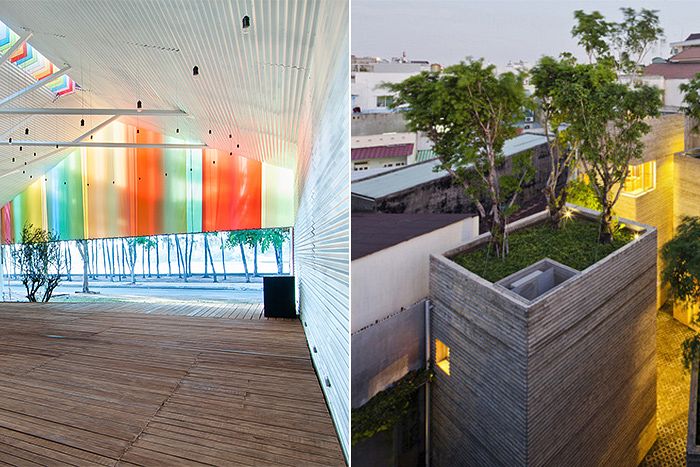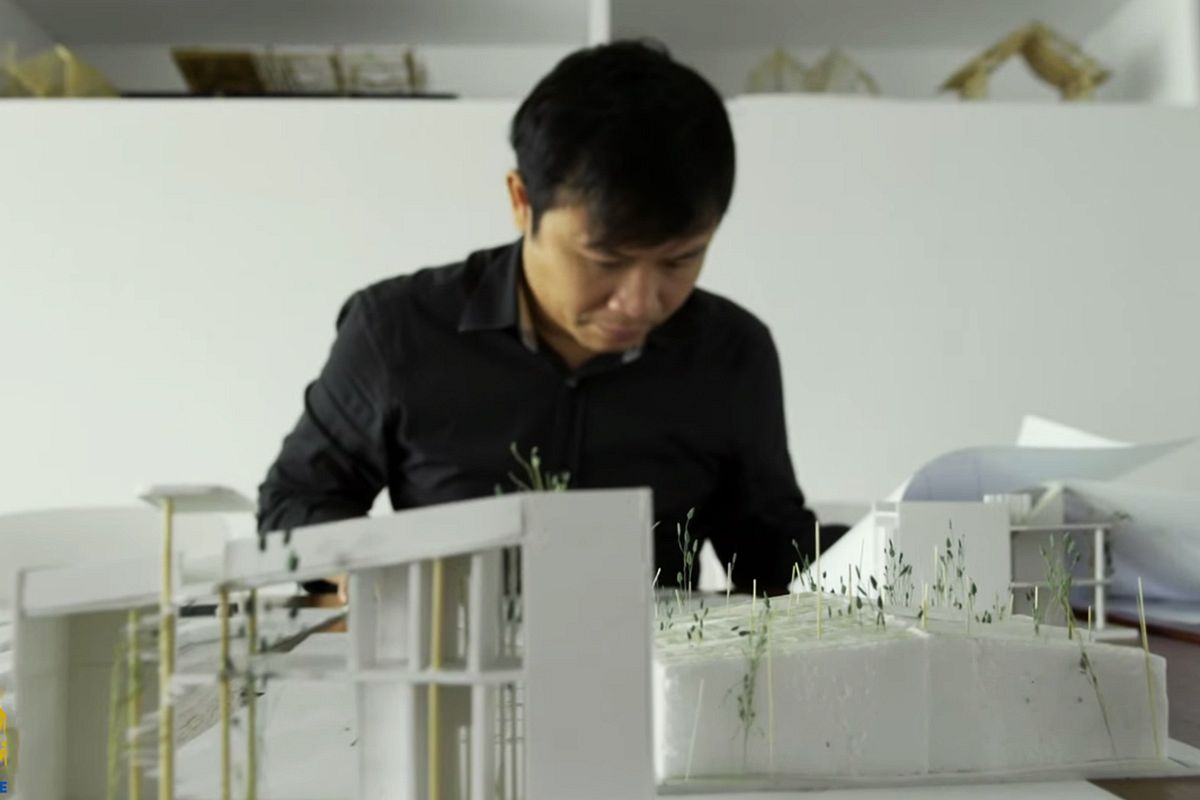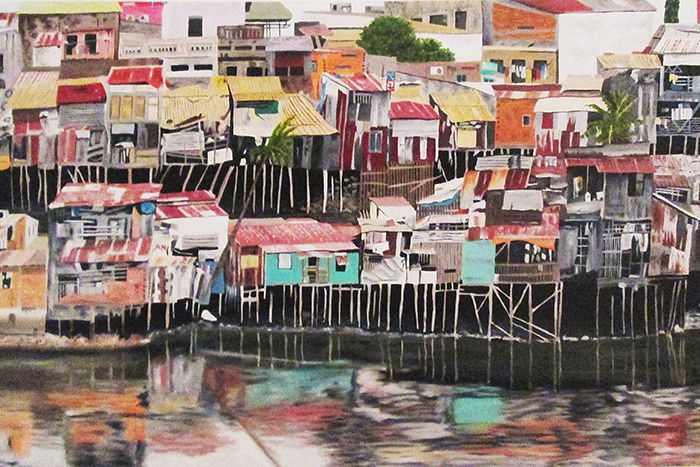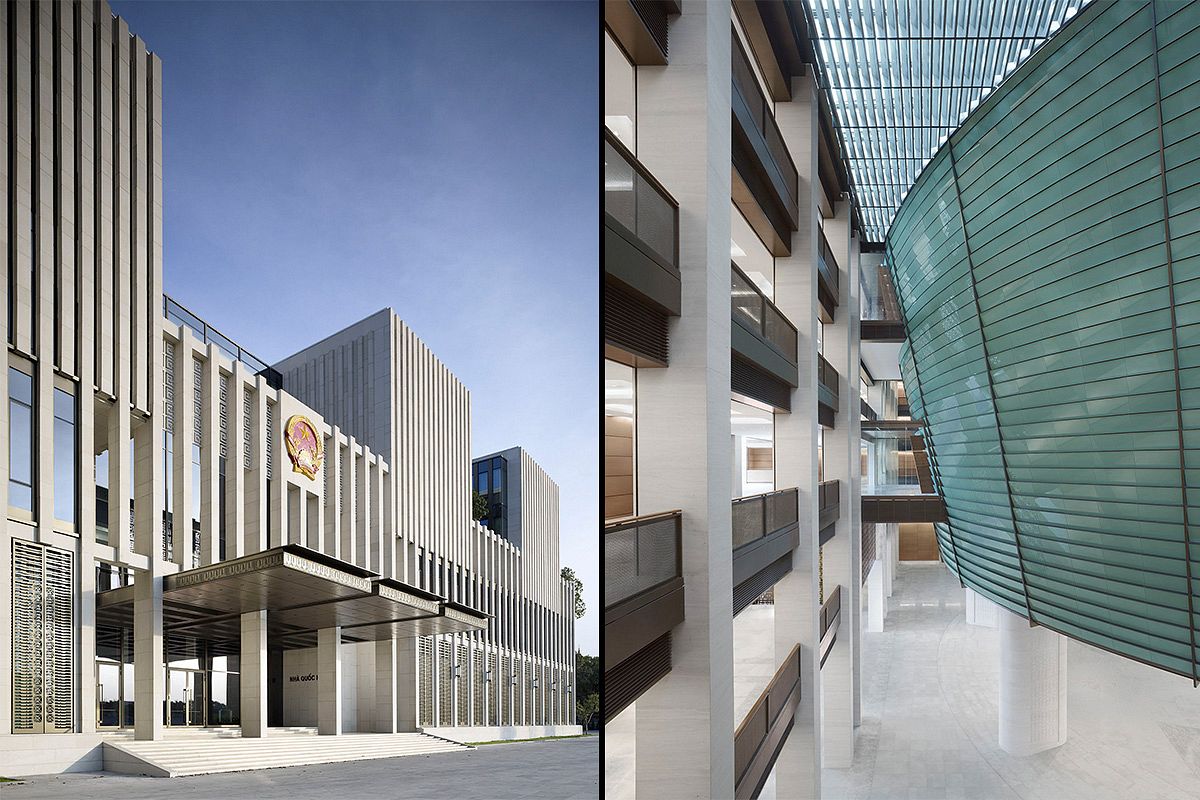In the 1950s and 60s, Cambodia was developing a unique architectural style, one which blended aspects of the Modern Movement with traditional features found at Angkor. This movement, known as “New Khmer Architecture,” flourished until 1970 when Lon Nol led a military coup against Prince Norodom Sihanouk.

Battambang University (1968).
The movement stemmed from Sihanouk’s efforts to rapidly modernize the country in the early 1950s, following Cambodian independence. Local architects were sent abroad where they studied the Modern Movement and upon their return, fused the style with traditional Cambodian architecture.

Cambodiana Hotel, Phnom Penh (1969).
Within a decade, government buildings, royal residences, factories, schools and universities, health centers and hospitals, sports complexes, exhibition halls, cinemas and theaters, airports and train stations, churches, private houses and social housing projects, even stupas and monuments were built in the New Khmer style.

Languages Institute (1972).
It’s almost impossible to believe today, but on a visit to the Phnom Penh, Lee Kuan Yew, Prime Minister of the Republic of Singapore from 1959 to 1990, was so impressed by what he saw that he expressed his desire that Singapore use it as a model for development.
Amazingly, the majority of these buildings survived the bloody Khmer Rouge period though many are currently in poor condition.

Institut Technique Supérieurde l’amitié Khméro-Sovietique (1964).
But it may be modernization and lack of understanding that will ultimately seal their fate: "…it's too modern (...) and is not understood as being an expression of a vital time in Cambodia's history," according to 'Building Cambodia: New Khmer Architecture' 1953-1970, written by Helen Grant Ross and Darryl Leon Collins.
Fortunately, many examples of the style at its prime were captured in the photographs below.


